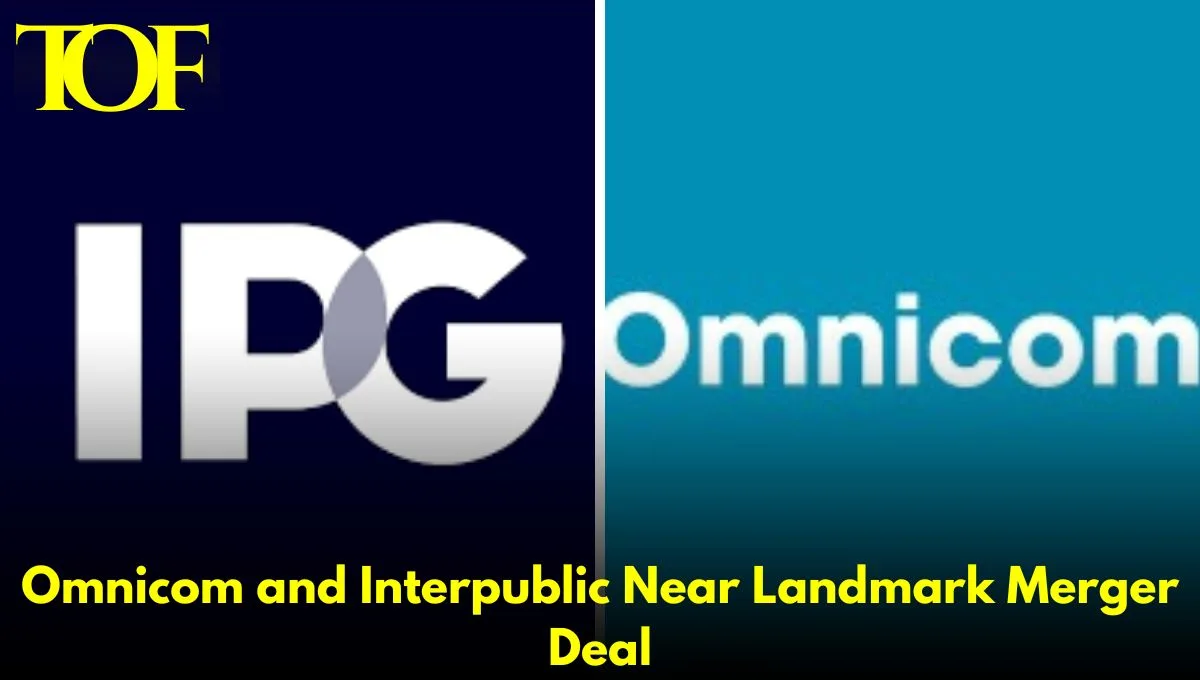According to recent reports, two of the world’s biggest advertising companies Omnicom and Interpublic have reached an advanced stage in negotiations over a deal that could significantly restructure the global advertisement landscape. The all-stock merger will result in the creation of one giant global advertising company with an estimated $13 billion to $14 billion in valuation excluding debts.
That one would bring together in a single roof the most iconic agencies in the world with, in annual revenues, over $20 billion. Additionally, it would become the vehicle to outperform WPP and Publicis Groupe.
Old-school ad firms are witnessing grave competition in the marketplace today, including threats from the waves of automation, data-based marketing, and AI in advertisements. According to a recent report by Forrester, automation could remove 33,000 jobs in this field by 2030. All of this makes innovation all the more indispensable.
Interpublic has long been reshuffling its portfolio under CEO Philippe Krakowsky as he has been moving out from traditional agencies such as Deutsch New York and Huge and was increasingly investing in digital capabilities. On the other hand, Omnicom Group has intensified its digital and e-commerce offerings, through the recent acquisition of Flywheel early this year.
Industry watchers say strategic logic is in play. “The combined entity could operationalize costs while being competitive,” said Brian Wieser, a leading expert on industries. Regulators will probably be keeping an eye on the deal since it would result in a very large player with considerable market leadership.
Omnicom Group Inc. failed in its earlier attempt to make a joint venture with Publicis, which collapsed in 2014. This may be the last shot at forming such an agreement for the companies involved. Of course, an eventual take could secure Omnicom Group’s CEO, John Wren, into history as someone who finally made it work.
This is a reflection of this shift toward consolidation in the advertising industry, which is under pressure to keep pace with technological disruption.
To Read More: Business

